Politics & Security
Can Washington and Seoul Agree on How to Deal With North Korea?
Published
7 years agoon
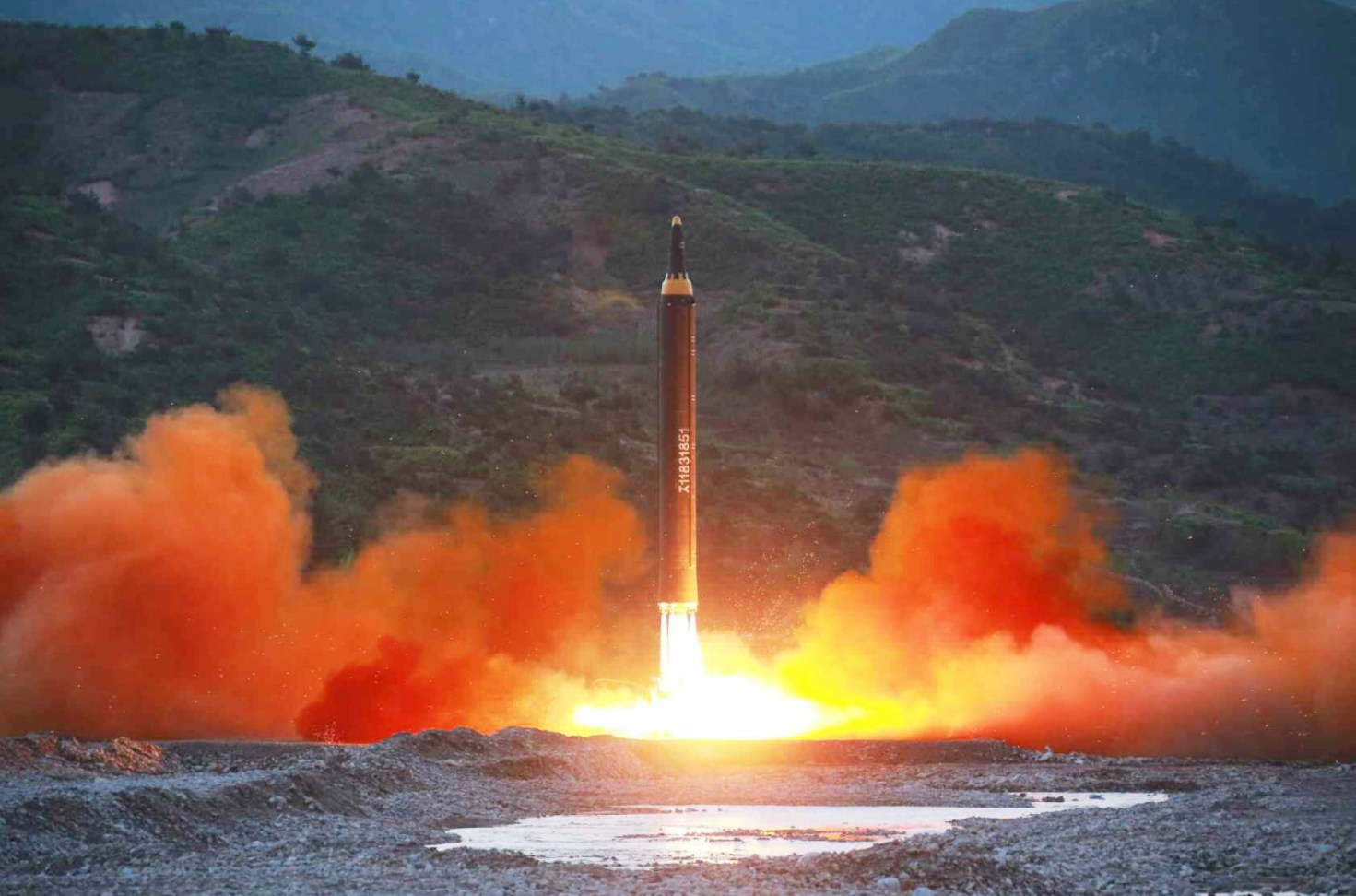
South Korean President Moon Jae-in is set to meet United States President Donald Trump on Thursday, June 29, in Washington for the first time. The eyes of the world will be fixated on how a conciliatory president in Seoul and a confrontational one in Washington agree to deal with North Korea’s Kim Jong-un and his missiles and nuclear weapons.
This summit can’t be too strongly emphasized as it is expected to set the tone for the future of the US-South Korea alliance amid North Korea’s growing security threats.
In the coming days, North Korean leader Kim Jong-un may conduct yet another missile test or its sixth nuclear test to warn against a unified front formed by the US and South Korea in the summit. Specifically, provocative Pyongyang may seize the occasion of the summit as an opportunity to conduct its first intercontinental ballistic missile (ICBM) test.
Trump and Moon will likely discuss their close cooperation against North Korea. But the summit may also highlight differences in the two allied countries’ approach toward the North.
In a recent interview with the Washington Post, Moon advocated a two-phased approach that involves freezing Pyongyang’s nuclear weapons program, and then dismantling it afterwards in return for the reopening of the Kaesong Industrial Complex at a later stage. Meanwhile, Washington set the denuclearization of North Korea’s missile and nuclear programs as a precondition for resuming talks with Pyongyang.
On the one hand, Hawkish Trump has underscored his willingness to use military force against Pyongyang if necessary. On the other hand, Dovish Moon appears to be lowering the bar for the resumption of dialogue with the North.
In a recent interview with CBS News, Moon was asked if he would oppose a preemptive strike by the US. He suggested he would oppose it: “It is the Republic of Korea that is more dire. For the United States, the North Korean threat is a future threat on the horizon. But for us this is a matter of life and death.”
There is also widespread speculation that Trump cannot and won’t take any conciliatory stance. The death of Otto Warmbier, an American college student who was detained in North Korea until recently, makes Trump take a tougher stance toward Pyongyang.
One thing is for sure: whatever the two leaders agree on to strengthen efforts to curb Pyongyang’s provocations, Kim Jong-un is highly unlikely to abandon nuclear and missile development. Whether the two democratic countries adopt the Trump administration’s continuing “maximum pressure” policy against Pyongyang, or Moon’s “Sunshine Policy 2.0,” the North Korean leader will highly likely hang onto missiles and nuclear weapons by all means.
Kim is now in a rush to finish developing an ICBM capable of reaching the continental US. His father Kim Jong-Il oversaw the launch of 16 missiles during the 17 years that he was at the helm. Meanwhile, Kim Jong-un has run the same number of missile tests this year alone—totaling more than three times as many as his father did. Kim Jong-Il conducted two nuclear tests, while Kim Jong-un already did three tests.
Why is Kim Jong-un so? For one thing, as indicated in his speeches and statements in the past, nukes and missiles are his best self-defense weapons against major powers, such as the US, China, and Japan. Historically, Korea has often been referred to as a “shrimp among the whales,” meaning Korea is geopolitically considered one of the world’s major battlegrounds squeezed between China, Japan, Russia, etc.
For this reason, North Korea began going its own way militarily and diplomatically in the 1960s, distancing itself from the Soviet Union and China. North Korea’s Juche ideology, or the nation’s guiding philosophy of self-reliance, was established in such a social and historical background. In other words, the nuclear deterrent bolsters Kim’s iron-fisted dictatorship by perpetuating the Juche ideology.
Developing an ICBM capable of hitting the US mainland is also Kim’s mightiest weapon in a bid to lead the reunification of the Korean Peninsula and the Korean race, which is stipulated in both North Korea’s Constitution and the charter of the Workers’ Party of Korea.
In addition, North Korea’s ordinance, promulgated by the Supreme Peoples’ Assembly in 2013, stipulates that the nation’s nuclear weapons are a defense mechanism against the US, and that the nation’s nuclear development will not be abandoned until the world is denuclearized. As we can easily assume, the denuclearization of the world is all but impossible as nuclear weapons have spread to countries like Pakistan. This means the North will never really give up nuclear weapons.
As if to show Kim’s determination to hang on to nukes, Pyongyang’s official newspaper Rodong Sinmun on Sunday, June 25, said its nuclear weapons program is not subject to negotiation. It has again rattled nerves in the international community, especially South Korea, Japan, China, and the US.
North Korea’s state media said in an editorial that South Korea and the US should give up attempts to make the North abandon its nuclear weapons.
Another North Korean state media on Monday said the country’s nuclear and missile program is not a subject for discussion with Seoul, and that the North should only negotiate with Washington.
“The Korean Peninsula’s nuclear issues are the matters that Pyongyang should discuss directly with Washington, but not something that Washington’s puppet Seoul should be involved with,” the Uriminzzokiri said.
North Korea’s stance causes a troublesome situation for Moon, who has said Seoul should now play a larger and more leading role in dealing with Pyongyang.
“During the periods when South Korea played a more active role, the inter-Korean relationship was more peaceful, and there was less tension between the United States and North Korea,” Moon said in an interview with the Washington Post.
Although this isn’t known widely among Western media, an increase in defense spending is putting a huge burden on the sluggish South Korean economy. Seoul spent US$36.4 billion in 2016 as costs of defense, accounting for more than 10% of the national budget. This was equal to 2.42% of its annual GDP. This ratio was much higher than Taiwan, China, and Japan, with national defense spending to GDP ratios at 1.98%, 1.28%, and 1%, respectively.
This also becomes a major reason for Moon to assume a conciliatory attitude toward Pyongyang.
Kosuke Takahashi is a journalist. He is Tokyo correspondent of IHS Jane's Defence Weekly. He worked for The Asahi Shimbun, Bloomberg News, Huffington Post Japan editor in chief and Thomson Reuters. Born in 1968, Takahashi is a graduate of Columbia University's J-School and SIPA.
You may like
-


New Podcast Series: Abducted – Four Stories, Four Lives
-


Is It Time to Buy Bitcoin as the Yen Weakens?
-


North Korean Abductions: Victims' Families Urgent Appeal in Meeting with UN Ambassador Linda Thomas-Greenfield
-


EDITORIAL | With Attack on Israel, Iran Pushes for Wider Mideast War
-


EDITORIAL | Caution In South Korea as Smear Tactics Prevail in Election
-


INTERVIEW | Kim Yung-ho is Seoul's Forward-Thinking Unification Minister




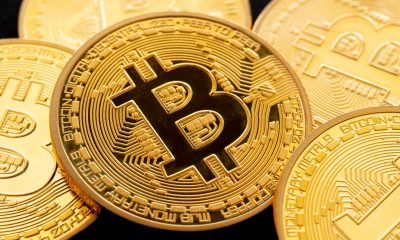

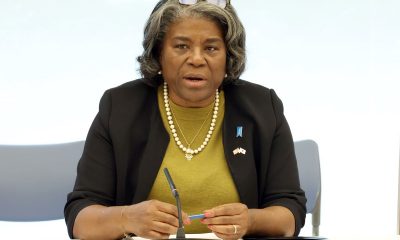

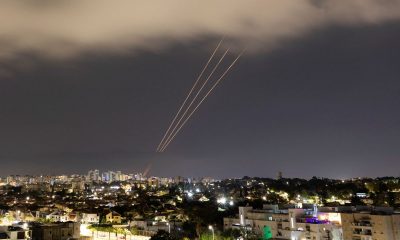

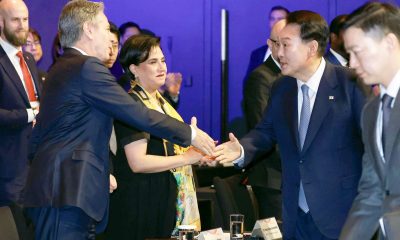

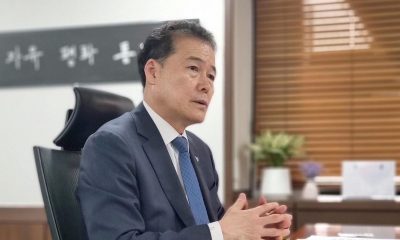



You must be logged in to post a comment Login